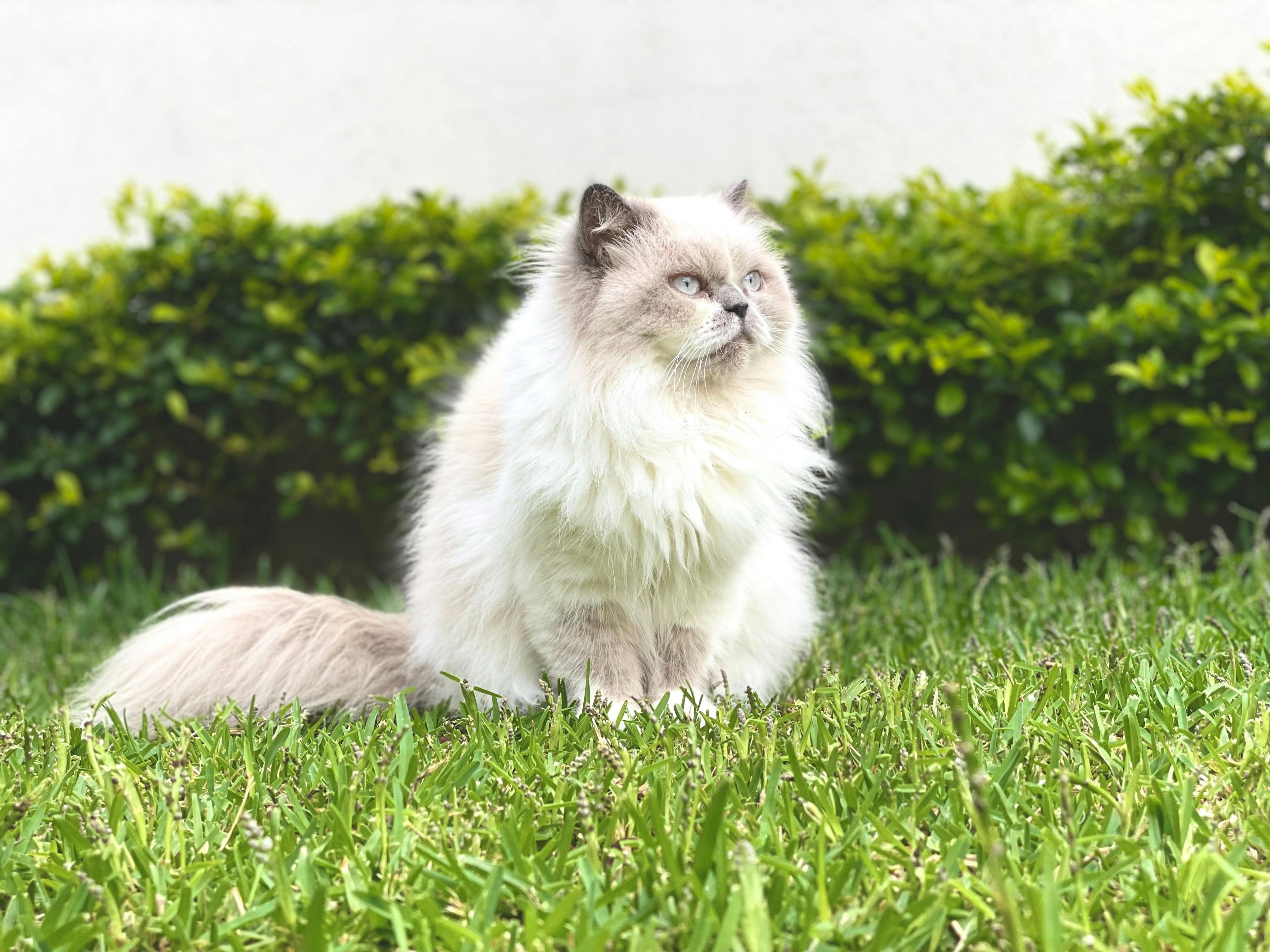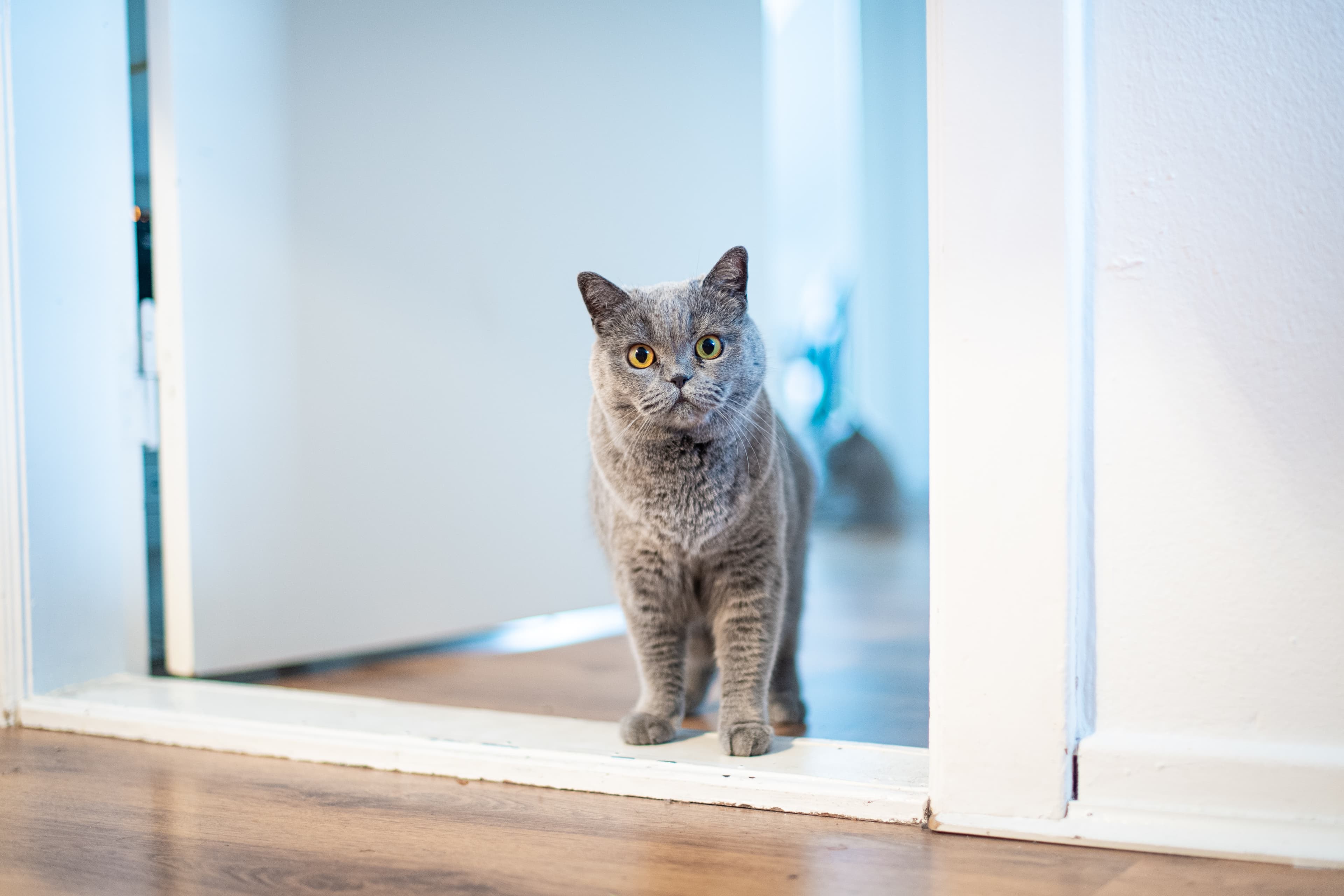About urinary retention in cats
If a cat tries to pee but nothing comes, it may be a sign that the cat has suffered from urinary retention. The condition can quickly become acute and unfortunately lead to the cat's death. If you suspect that your cat is suffering from urinary retention, it is important to go urgently to the vet for an examination. Don't wait, go in straight away, urinary retention in cats is a serious condition and cats who suffer from it need to be treated quickly.
Urinary retention means that the cat's urethra is blocked for some reason, which means that they cannot urinate. One reason for this is the formation of a kind of "plug" of, for example, gravel-like particles, and other material that clogs up. Common symptoms that a cat may have a problem with its urinary tract, or that something is not right, can be that they are running on lowmore often, licking their abdomen more than usual, having mixed blood in their urine, appearing uncomfortable when sitting on the box, and having less urine than normal. Keep an eye on whether your cat is actually passing urine when they are on the box and if you suspect that no urine is coming, or less than usual, go to the emergency room immediately. You should always see a vet if there are signs that your cat is squirting or seems to be having trouble urinating.
There are several similar urinary and kidney problems in cats whose symptoms may be similar. In the case of urinary retention, it is more common in male cats because they have a narrower and longer urethra, which is more easily blocked.But because it can be so serious, it's important to keep an extra eye on your cat if you start to notice that something isn't quite right.
Other urinary-related problems cats can suffer from that have similar symptoms:
Sometimes the cat can get urinary stones that cause irritation. This can become so serious that it leads to urinary retention.
There may be tumors in the urinary tract that are involved as a cause of the problem.
There may be urinary tract infection
The cat may appear constipated as they sit on the box and cough but nothing comes out, whereupon the owner interprets it as the cat being constipated, but in fact has problems with the cistern.
A urinary blockage can lead to a life-threatening situation within 48 hours and unfortunately, the worse the cat's condition is when it gets to the vet, the more difficult it is to save the cat's life. Within 24 hours of the cat experiencing urinary retention, you as a cat owner may start to notice that the cat is getting tougher and more tired and they may withdraw and want to be left alone. You may also notice that the cat has pain from the abdomen, they lie more than usual, often on their side with their back legs out to relieve pressure on the bladder, they won't eat or drink and they may start to vomit. This is distressing for a cat and if the urinary blockage is not resolved quickly and treatment is not initiated, cats unfortunately often die within two days.
It is better to go in once too often with a cat that has urinary problems as it is important that a diagnosis is established as quickly as possible before it takes too long to save the cat.
There is a high risk that a cat that has once suffered from urinary retention will have a recurrence, so it is important to keep checking that the cat is able to urinate unhindered both immediately after treatment and in the future. Always follow the advice and instructions given by your vet.
To prevent relapse, the underlying causes of the cat's urinary retention need to be investigated. General advice for preventing urinary retention is to make sure that cats get enough fluids, that they have enough hair, and that they have a good coat.and that the cat has a safe and good home environment where they can and want to carry out all their needs.






